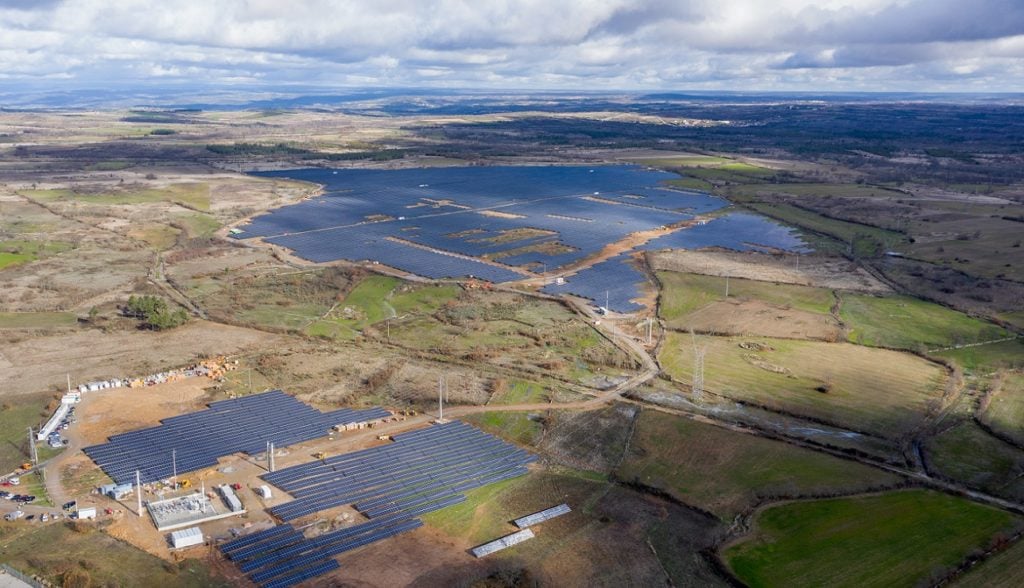
Portugal has updated its national energy and climate plan (NECP) and targets an installed capacity of 20.4GW of solar PV by 2030.
The new target more than doubles the previous national plan which was expected to reach 9GW of solar PV by 2030. That number is almost in line with what the country is now seeking in two years’ time with 8.4GW of PV capacity by 2025. The Portuguese government views solar PV as “fundamental for the completion of the objectives” to decarbonise the production of electricity in the coming decades.
Unlock unlimited access for 12 whole months of distinctive global analysis
Photovoltaics International is now included.
- Regular insight and analysis of the industry’s biggest developments
- In-depth interviews with the industry’s leading figures
- Unlimited digital access to the PV Tech Power journal catalogue
- Unlimited digital access to the Photovoltaics International journal catalogue
- Access to more than 1,000 technical papers
- Discounts on Solar Media’s portfolio of events, in-person and virtual
Or continue reading this article for free
Three-quarters of the 20.4GW solar PV capacity target would be coming from utility-scale projects (14.9GW), while the remaining 5.5GW is expected to be from self-consumption solar or near-site consumption (decentralised solar in the draft).
With the increased target for solar PV, the 20.4GW mark is a little above the expected number Pedro Amaral Jorge, CEO of The Portuguese Renewable Energy Association (APREN), gave in March at Large Scale Solar Europe, during a panel around Portugal’s main challenges that included permitting issues and grid challenges that could put a dent towards the revised number.
Portugal’s short term strategy to increase its renewables installed capacity will be through solar PV and offshore wind tenders – with the first tender dedicated to solar being held only in 2019 and with some of the lowest prices recorded at the time. Previous winning bidders saw their solar tariffs increased last year, in line with inflation, in a move by the government to ensure the economic viability of the projects.
The second tool to accelerate the growth of solar PV in the coming years will be to allow developers of projects to work with the network operator to reinforce the grid when there is not enough capacity which would affect mostly larger projects.
Another technology that will have an important and “really relevant” role towards Portugal’s decarbonisation is green hydrogen, with the city of Sines becoming one of the major European hubs in the coming years in terms of green hydrogen production. The more than 20GW of solar PV targeted for 2030 includes the capacity installed for the production of green hydrogen.
This updated NECP draft was sent to the European Commission last week, as the deadline for EU members was set to Friday 30 June 2023, and with a majority of countries yet to submit their own revised targets for renewables by 2030, such as France and Germany. Spain – with an updated target of more than 76GW of solar PV by 2030 –, Italy and the Netherlands are among the ones who have already submitted an updated NECP.
Overall, contribution from renewable energy to the production of electricity in Portugal is expected to reach 80% in 2026, while by the end of the decade, the number would raise to 90%, of which 39 percentage points are forecast to be from solar. Wind and solar will be the two technologies with the major growth in the next decade, says the report.
